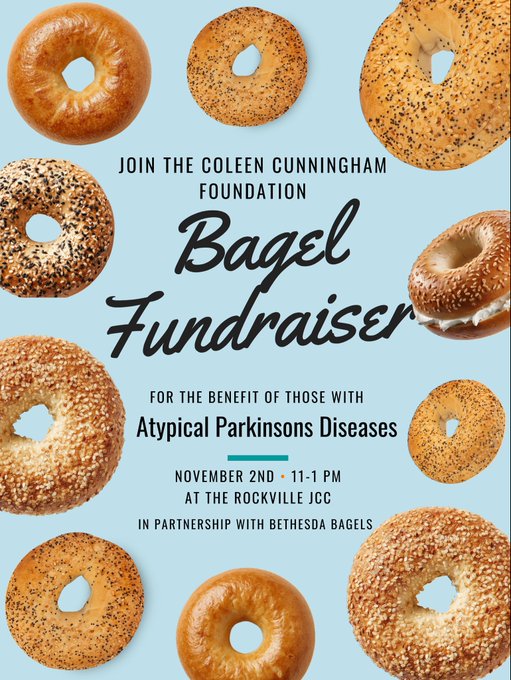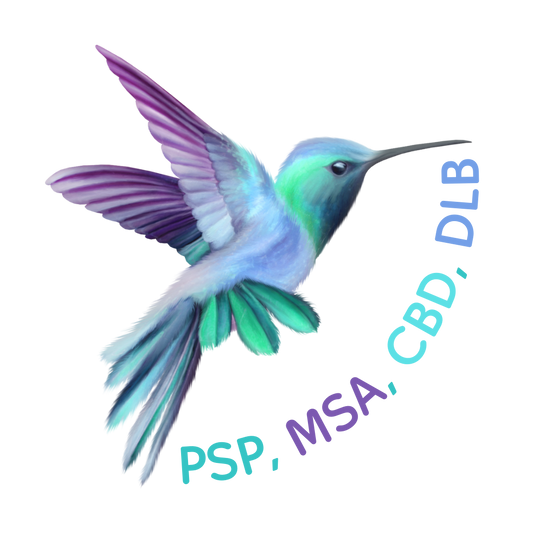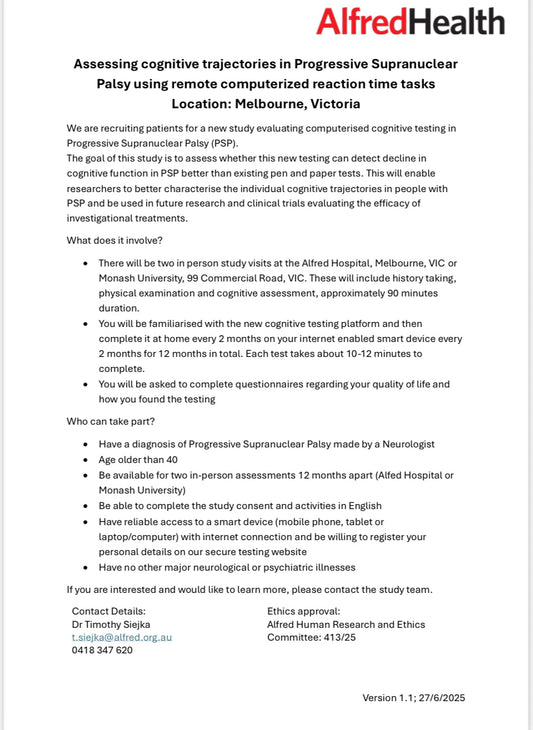As we celebrate Brain Awareness Week this March 2025, it’s the perfect time to shine a light on the incredible complexity of the human brain—and the challenges it faces when things go awry. One such challenge is atypical Parkinsonism, a group of neurological conditions that mimic Parkinson’s disease but come with their own unique twists. These disorders remind us just how intricate and delicate the brain’s machinery is, and why raising awareness about brain health matters now more than ever.
What is Atypical Parkinsonism?
You’ve likely heard of Parkinson’s disease, a condition caused by the loss of dopamine-producing cells in a brain region called the substantia nigra. This leads to the classic symptoms: tremors, stiffness, and slowness of movement. Atypical Parkinsonism, however, is an umbrella term for a set of related disorders that share some of these features but don’t quite fit the Parkinson’s mold. Think of them as the brain’s rebellious cousins—similar, yet stubbornly different.
The main players in atypical Parkinsonism include:
- Progressive Supranuclear Palsy (PSP): Known for affecting eye movements and balance, PSP targets multiple brain areas, including the brainstem and frontal lobes.
- Corticobasal Degeneration (CBD): This one often causes asymmetric stiffness and a phenomenon called “alien limb,” where a hand or arm seems to act on its own. It hits the cortex and basal ganglia hard.
- Multiple System Atrophy (MSA): MSA wreaks havoc on the autonomic nervous system (think blood pressure and bladder control) alongside motor symptoms, involving the cerebellum and other regions.
- Dementia with Lewy Bodies (DLB): While primarily a dementia, it can overlap with Parkinsonism, with protein clumps called Lewy bodies disrupting brain communication.
Unlike typical Parkinson’s, these conditions often progress faster, respond poorly to standard treatments like levodopa, and involve a broader cast of brain characters—making them trickier to diagnose and manage.
The Brain Under Siege
So, what’s happening in the brain with atypical Parkinsonism? It’s a story of misbehaving proteins, tangled networks, and overworked repair systems. In PSP and CBD, a protein called tau goes rogue, clumping up and gumming up the works in neurons. In MSA, it’s alpha-synuclein that’s the troublemaker, forming aggregates that disrupt cell function. DLB also features alpha-synuclein in those pesky Lewy bodies. These protein pile-ups don’t just affect one spot—they ripple across interconnected brain regions, from the motor-control hubs of the basal ganglia to the balance-regulating cerebellum and even the thinking-and-planning frontal cortex.
Imagine the brain as a bustling city: in atypical Parkinsonism, the traffic lights (neurotransmitters) malfunction, the roads (neural pathways) get blocked, and the maintenance crews (support cells) can’t keep up. The result? A cascade of symptoms that go beyond movement—think falls, cognitive decline, or even hallucinations—depending on which neighborhoods of the brain take the hardest hit.
Why Brain Awareness Matters
Here’s the kicker: atypical Parkinsonism is rare, but it’s often mistaken for Parkinson’s disease early on. That delay in diagnosis can mean missed opportunities for tailored care or clinical trials. Brain Awareness Week is a chance to change that. By learning about these conditions, we empower patients, families, and even doctors to ask the right questions: Why isn’t the medication working? Could this be something else?
Research is also picking up steam. Scientists are digging into the molecular culprits—those pesky proteins—and exploring new imaging tools to spot these disorders earlier. Therapies targeting tau or alpha-synuclein are in the pipeline, and advocacy during weeks like this helps fuel that momentum.
What Can We Do?
This Brain Awareness Week, let’s celebrate the brain’s resilience while acknowledging its vulnerabilities. If you know someone with Parkinsonism symptoms that don’t quite add up—rapid progression, odd eye movements, or unexplained falls—encourage them to see a neurologist specializing in movement disorders. Share this knowledge with friends or on platforms like X to spark conversations. And above all, support brain research—because understanding the brain’s mysteries today could unlock tomorrow’s cures.
The brain is our command center, our storyteller, our dreamer. Atypical Parkinsonism reminds us it’s also fragile—but with awareness and action, we can help it keep the lights on a little longer.
Disclaimer: The information provided in this blog post is for educational and informational purposes only and is not intended as medical advice. Atypical Parkinsonism and related conditions should be diagnosed and managed by qualified healthcare professionals. If you or someone you know is experiencing symptoms, please consult a neurologist or medical specialist for proper evaluation and treatment. The content reflects general knowledge as of March 2025 and may not encompass all individual cases or the latest research developments.


 Donate
Donate




1 comment
Does the Foundation have information on any clinical trials in progress or in the near future? Because it seems I’ve was diagnosed early in my progression. maybe I still have time to be part of something that will matter to my ever growing CBD family.